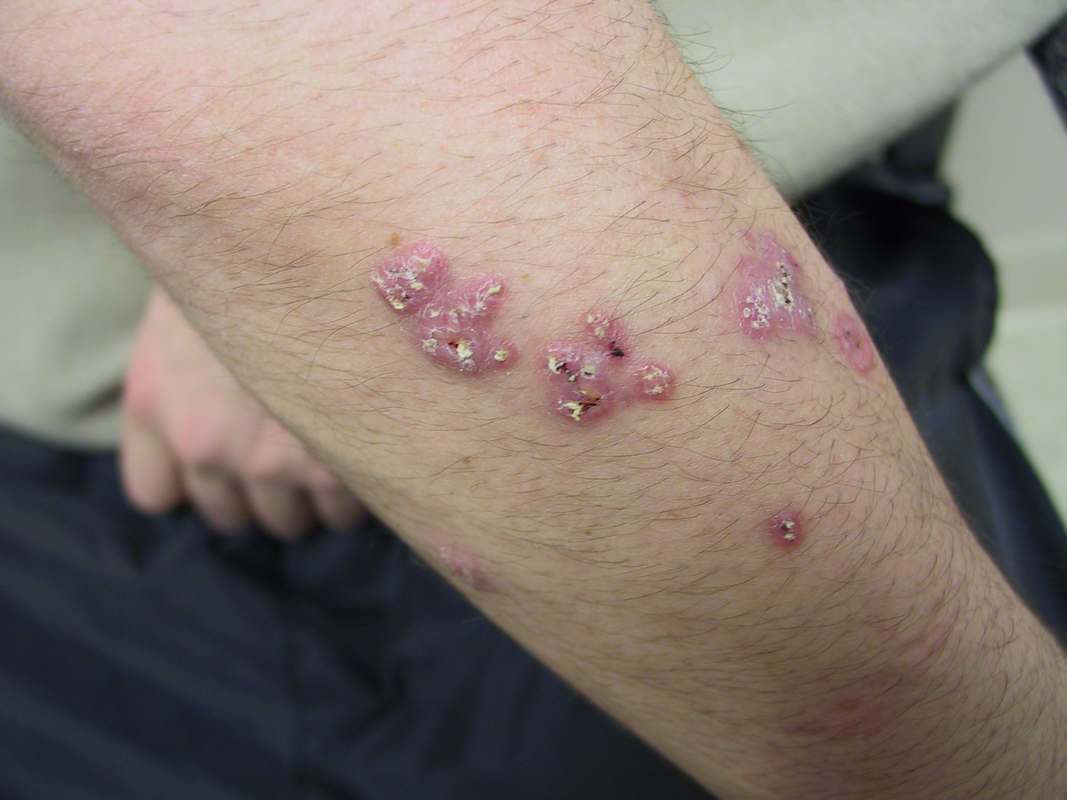How do I clear a pediatric C-Spine?
TL;DR
While c-spine injury in children is rare, children have some anatomical differences that make their c-spines prone to injury
NEXUS and Canadian C-Spine Rule cannot be used in children
PECARN study identified 8 risk factors:
AMS
focal neuro deficits
torticollis
complaint of neck pain
significant torso injury, predisposing conditions
high risk MVC
diving
If any of the 8 is present, they found a 98% sensitivity for injury.
The Pediatric Cervical Spine Clearance Working Group put together an algorithm based on the PECARN study (see graphic)
Anatomy Review
Bigger heads
Due to the larger head:body mass ratio, children’s natural fulcrums are more caudal, meaning they’re much more likely to sustain high c-spine fractures.
In an infant, this fulcrum is located at around C2-C3 and eventually moves down to C5-C6 by adulthood.
Most c-spine injuries occur between the occiput and C3 in children < 8 years of age
Spinal column flexibility
This does not apply to the spinal cord!
Meaning you can have significant spinal cord injury without injury to the spinal column
This is how SCIWORA happens (spinal cord injury without radiographic abnormality)
Poor musculature
Less protection against injury
Ossification Centers
Can make it difficult to identify injury even with imaging
Vertebral facet joints
More horizontal than adults
Requires less force to cause dislocation
NEXUS (2000) and the Canadian Cervical Spine Rule (2001) are the two most frequently used adult scoring systems for risk stratification, but NEXUS only had 9% of patients under 18 and the Canadian completely excluded patients under 18.
Should we scan every pediatric trauma patient? (Obviously no!)
In 2011, PECARN published a study identifying risk factors that looked at patients with and without c-spine injury and looked at characteristics that were similar among the group with c-spine injury. What they identified were 8 major risk factors that were associated with c-spine injury (using odds ratios with a CI of 95%):
Altered mental status
Focal neurological deficits
Complaint of neck pain
Torticollis
Substantial injury to the torso
Predisposing conditions (e.g. Down Syndrome or other musculoskeletal abnormalities)
High risk motor vehicle crash
Diving injury
They found that these factors were able to identify c-sine injury with 98% sensitivity when any of the eight were present. Specificity was 26%. They were also able to conclude that this would decrease diagnostic imaging by 25%.
Keep in mind this study is not perfect and a subsequent validation study only showed 90% sensitivity with a large confidence interval.
Consensus Statements...
This year, based on this study, the Pediatric Cervical Spine Clearance Working Group released a consensus statement in the Journal of Bone and Joint Surgery and proposed the following algorithm (PCSCWG algorithm – clearly they need to work on their acronyms).
Fun EMS related fact: the NAEMSP (National Association of EMS Physicians also released a position statement in 2018 that application of a c-collar is not necessary if a child does not have:
Complaint of neck pain
Torticollis
Neurological deficit
Altered mental status (including intoxication and other signs of AMS such as agitation, apnea, hypopnea, somnolence, etc.)
Involvement in a high-risk MVC, high impact diving injury, or substantial torso injury
Resources:
Fischer PE, Perina DG, Delbridge TR, et al. Spinal motion restriction in the trauma patient – a joint position statement. Prehospital Emergency Care. 2018;22(8):659-661.
Leonard JC,Kuppermann N, Olsen C, et al. Factors associated with cervical spine injury in children after blunt trauma. Annals of Emergency Medicine. 2019;58(2):145-155.
Herman MJ, Brown KO, Sponseller PD, et al. Pediatric cervical spine clearance: a consensus statement and algorithm from the pediatric cervical spine clearance working group. J Bone Joint Surg Am. 2019;101;e1(1-9).
Fox SM. Pediatric cervical spine injury. Pediatric EM Morsels. https://pedemmorsels.com/pediatric-cervical-spine-injury/. Published February 8, 2019. Accessed July 5, 2019.





